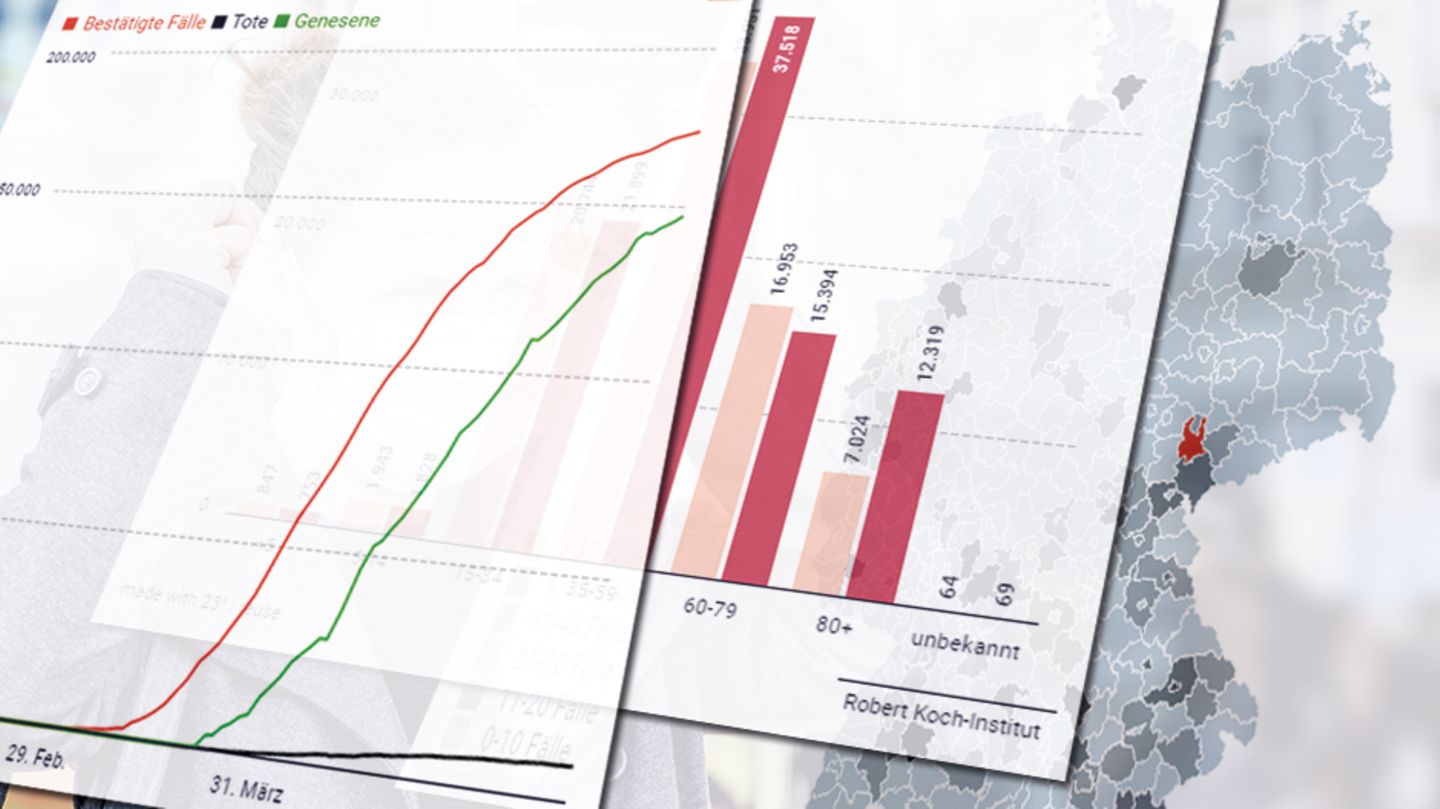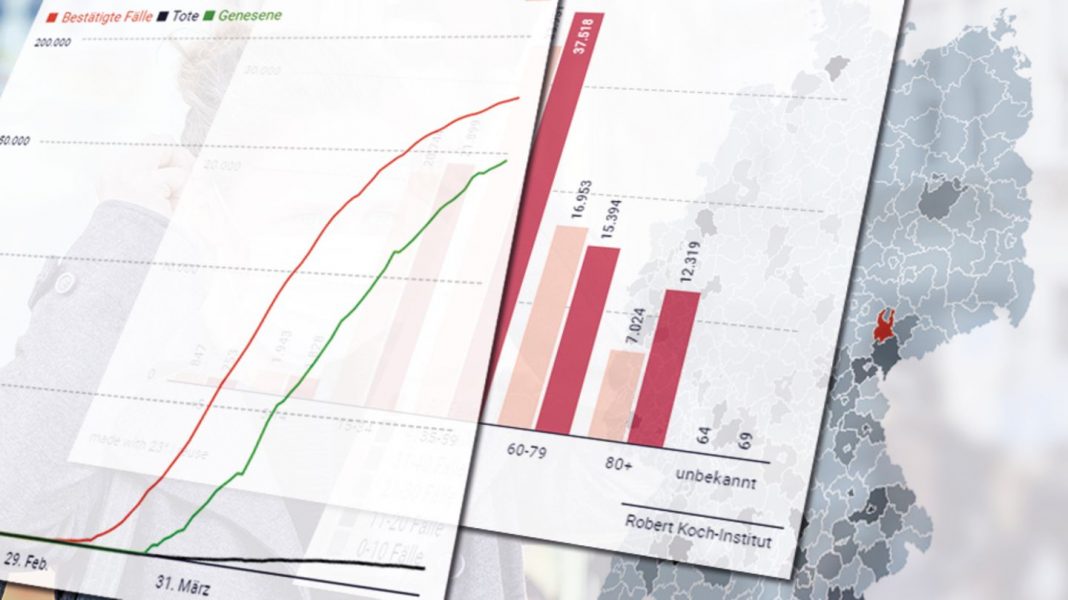Covid-19
The R-value, Infected, incidence, intensive care beds: The main Corona data

All of the case numbers and data on the Coronavirus and Covid-19
© star
How high incidence, such as the R-value? How many Infected there? Where spreads the Virus again faster? At this point, you will get an Overview of the most important data on the topic of Covid-19.
Incidence: What are the districts and cities are most affected?
Chancellor and the countries leaders have installed a kind of emergency brake, the Seven-day incidence. The idea: to increase the number of new infections in a circle within seven days per 100,000 population to 100 or more, will be re-set more stringent protective measures in force.
Note for mobile users: it is not, or not correctly displayed, the graphics at this point, please click here.
Reproduction number R – how many people an Infected person is contagious?
The reproduction number R, is also often called the R-value is, is one of the key indicators for the assessment of the curve of a wave of Infection. R indicates how many people infects an Infected person in a certain period of time, on average. The lower the R, the better:
R is less than 1, infects an Infected person, on average less than other people – and the epidemic is running out.
R is 1, the number of new infections is constant and linear. The curve increases (more) exponentially.
R is 1that’s an Infected person on average more than other people, the number of daily new infections is greater.
Note: The R-value is an estimate. It is based according to the Robert Koch Institute (RKI) on the assumed number of Covid-19 new cases. The R-value is shown with a sliding Four-day average. In this case, each value is averaged with the values of the three preceding days. The estimates for the number of new cases and the R-estimate to earlier days may differ reports from the information in the previous Situation, because every day, the total gradient is estimated on the basis of currently available data. In addition, the RKI are an average for seven days. The data are updated on a daily basis and can be accessed here.
Development of the daily re-recorded Coronavirus cases in Germany
Utilization of intensive care beds
Infected, Convalescent, and Deceased in Germany
Detailed information about the infection happened in the German districts, towns and cities, you can find here.
So quickly the Coronavirus spreads worldwide
The world map provides an Overview of the global infection location. You can see the countries in which the spread slows down, and where it is accelerated
Sources: The data in the graphs are from the Robert Koch Institute (RKI), or the American Johns Hopkins University (JHU). Both renowned Authorities, the use of different methods for the detection and communication of the data. The RKI usually released once the day of new data, based on official specifications. The JHU is not, however, uses official sources and published the collected data almost in real time. In the result, the RKI Numbers are usually slightly lower than that of the JHU.
The data for the utilisation of intensive care beds is derived from the DIVI-intensive register.




